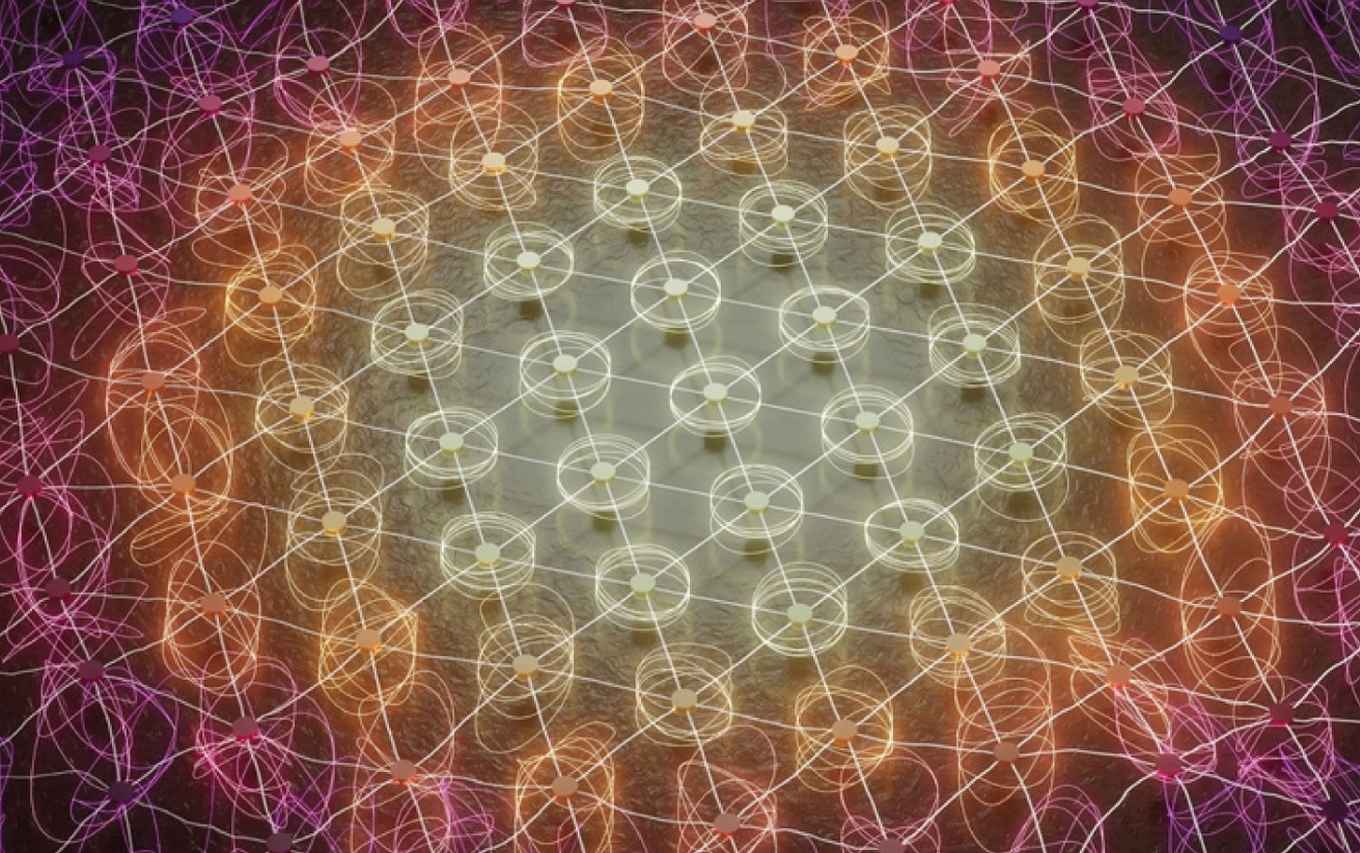Collective actuation of an elastic network of mini-robots
23 August 2022

The collaboration includes the team of Olivier Dauchot, a CNRS researcher, and the Amsterdam group of Corentin Coulais. The team has been studying collective movements for several years. It initially focused on a simple question: how to reproduce in the laboratory the collective motions observed in nature, such as those of birds or fish? To do this, the team set up experiments with ‘active matter’, i.e. matter whose elementary entities move autonomously: walking grains, swimming drops, mini-robots, etc. – a veritable zoo of active (but not living) systems, with which they were able to reproduce and study collective movements. Recently, their research has focused on the phenomena of traffic jams when the system becomes denser. From fluid, the system gradually becomes solid. Is collective motion possible within an active solid?
Simple ingredients to understand a complicated system
“As active particles, we opted for Hexbugs©. These are small motorized robots, which can be found in shops. As a solid elastic material, we made a network of cylinders linked together by springs. By placing a Hexbug in each of the cylinders that make up the network, we form an active solid,” explains Paul Baconnier, who is doing his thesis research on this subject. Each Hexbug deforms the network by trying to move, while being subjected to the displacements induced by the efforts of its neighbors. Remarkably, it is possible, under certain conditions, that a synchronized collective movement emerges from this tug-of-war.
When the active solid is simply placed on the floor, the Hexbugs align together spontaneously and the whole solid starts to move through the laboratory! What if we hook the solid by its edges? In this case a new type of collective motion is observed inside the solid: all the elements of the network oscillate in a periodic and synchronized way around their equilibrium position. To explain this ‘collective actuation’ phenomenon, the researchers varied the parameters of the experiment, such as the stiffness of the springs or the shape of the network. They showed that collective actuation results from the combination of the activity of the Hexbugs and the elasticity of the network links, which allows the structure to deform and each Hexbug to orient itself in response to this deformation. The team has modeled and numerically reproduced the observed behaviors, including in systems with several thousand active agents. This spontaneous collective actuation is reminiscent of the movements observed in certain cellular dynamics, in particular in certain skin tissues, which could therefore be better understood in the light of this work.
Publication
Selective and Collective Actuation in Active Solids, P. Baconnier, D. Shohat, C. Hernández López, C. Coulais, V. Démery, G Düring, O. Dauchot, Nature Physics (2022)
See also the news and views in Nature Physics.